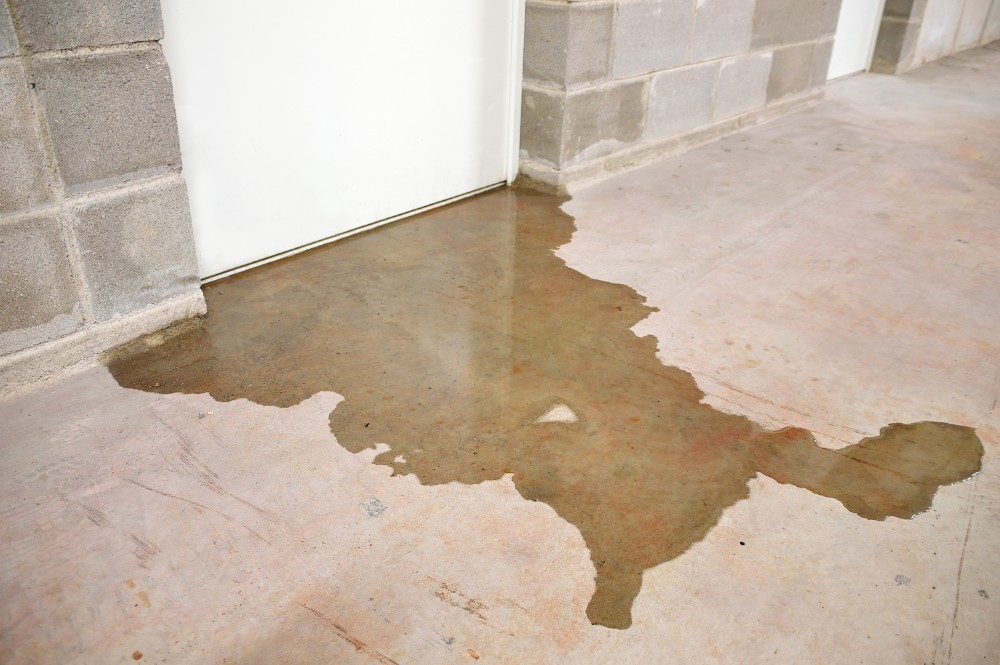The nightmare of a basement flooding disaster is a vivid fear for many homeowners. Such an event not only disrupts the tranquility of home life but also poses serious threats to property integrity, personal belongings, and even health.
The aftermath of a basement flooding incident goes far beyond the superficial layer of water damage. The real danger lurks in the long-term effects that are not immediately visible. Such flooding can compromise the structural integrity of your home, as water seeps into the foundation, weakening it over time. Additionally, the damp environment becomes a breeding ground for mold and mildew, posing serious health risks and damaging your home’s air quality. Electrical systems are also at risk, with the potential for short circuits and fire hazards. Moreover, water can destroy irreplaceable personal items, leading to not just financial loss but emotional distress as well. Implementing preventive measures is crucial, not just for the preservation of your property but for the health and safety of your family.
Here are five effective strategies to help you avoid the distress and damage caused by basement floods.
Maintain gutters and downspouts
Keeping gutters clean and ensuring downspouts are directing water at least three feet away from your home’s foundation are critical steps. This prevents water from pooling around your house and seeping into your basement.
Install a sump pump
A sump pump is essential for homes prone to flooding. It automatically pumps out water that accumulates in the sump basin, directing it away from your home. Regular maintenance and a backup power supply ensure it operates when you need it most.
Apply sealants and waterproofing
Waterproofing your basement walls and floors with sealants can block moisture and prevent water ingress. Consider professional waterproofing services for comprehensive protection against water damage.
Improve landscaping and drainage
Adjusting the landscape to slope away from your home ensures rainwater drains outward, not toward your foundation. Installing French drains or similar systems can also effectively redirect water away from your property.
Regularly inspect and repair foundation cracks
Small cracks in the foundation can allow water to enter your basement. Regular inspections and prompt repairs of any cracks or gaps can significantly reduce the risk of flooding.
To sum up
Basement flooding disasters can be devastating, but taking proactive steps can minimize the risk. By maintaining your home’s exterior, installing preventive devices, and ensuring proper drainage, you can protect your basement from the costly and stressful consequences of water damage. These measures not only preserve the condition of your home but also provide peace of mind during adverse weather conditions.




